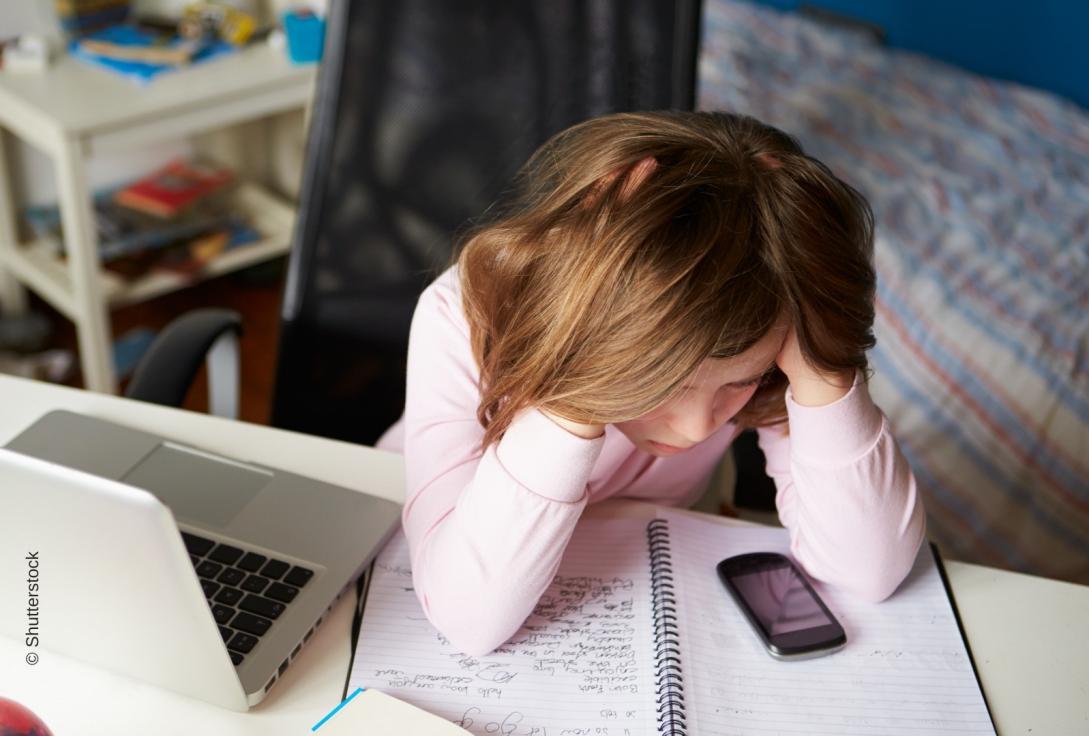International day against violence and bullying at school including cyberbullying

As we are preparing to enter the third year of COVID-19 pandemic, the lives and education of many children and young people across the world have increasingly moved online. It is in this context that we mark today the 2021 International day against violence and bullying at school including Cyberbullying, joining the global call on awareness of online violence and cyberbullying, its consequences and the need to end it.
The online reality is an opportunity for connection and learning. But it is also placing many children around the world at an increasing risk of different forms of violence. Hate speech, exchange of self-generated sexual images, self-harm and age-inappropriate content… It is a fact that harmful and illegal content on online platforms has massively increased during the pandemic.
School-related forms of violence are human rights violations. They break the rights of children and young people to a life free from violence. Schools are the safe space where children and young people can fulfil their rights to education, health and well-being. However, the alarming reality is that half of the world’s students aged 13-15 say they have experienced violence in and around school. Nearly one in three students of this age say they have experienced bullying or been involved in fights. And more than 700 million children have no legal protection from corporal punishment at school. (UNICEF Report, September 2018).
Nowadays bullying and violence happens more and more online. And the digital realm is global.
This is why, since 2012, the European Union’s strategy for a Better Internet for Children has set a global benchmark for the protection of children and adolescents in the digital world, while fully protecting their right to access the Internet for their social and cultural development. It helped implement concrete actions to:
- Stimulate quality on-line content for children
- Step-up awareness and empowerment
- Create a safe on-line environment
- Fight against child sexual abuse material on-line
To reflect current changes in children’s use of digital technology, in their lifestyle and the related health issues exacerbated by the pandemic, the EU turned to children to listen to their main concerns in the digital space. Cyberbullying and hateful and harmful content targeting children and young people in vulnerable and marginalized situations, “being different” in any possible way as a major risk factor for harassment and rejection, are children’s main concerns and EU’s priorities for the new European Strategy for a better Internet for children to be presented in the second quarter of 2022. Minimizing risks for children in situations of vulnerability and supporting access to age-appropriate and high quality content for children will receive particular attention.
Every child across the world and in Europe should enjoy the same rights and live free from discrimination and intimidation of any kind.
Children should be able to benefit from the unprecedented opportunities of the digital age, to become confident, competent and active digital citizens. Keeping them safe online is one of the top priorities of EU’s Child Rights Strategy launched in 2021, setting out concrete actions for children to safely navigate the digital environment and harness its opportunities. It also calls on social media companies and their platforms to have a responsibility to ensure their online experience promotes child wellbeing, and shields them from harm.
Under the U.N. Convention on the Rights of the Child, schools have a formal duty to protect children from all forms of violence, both physical and psychological.
Although online violence is not limited to school premises, the education system has an important role to play in addressing online safety, providing children with the knowledge and skills to identify online violence and to protect themselves from its different forms, whether perpetrated by peers or adults.
This is why the EU supports concrete actions to protect and equip children and young people with digital skills and competencies for the digital age, with the critical thinking necessary for taking responsible decisions online, tackling a wide range of online risks including cyberbullying and online violent content. The EU-funded betterinternetforkids.eu platform supports digital literacy, capacity building and knowledge sharing. Numerous other resources are available to children, young people, parents and teachers are available for use in classrooms and at home:
- Teacher’s handbook on "cyber-mobbing" (DE)
- Block aggression, a video guide on cyberbullying (RO)
- How to fight cyberbullying? (PT)
- Communicating Respectfully (EN)
Addressing all forms of school violence including Bullying is essential to achieving the Sustainable Development Goals (SDGs), in particular SDG 4, which aims to ensure inclusive and equitable quality education and promote lifelong learning opportunities for all, and SDG 16, which aims to promote peaceful and inclusive societies.
See also
- The EU Strategy on the Rights of the Child and the European Child Guarantee
- Better internet for children strategy – state of play
- Creating a safer and better internet for children and young people - Platform
- Europe’s Digital Decade: digital targets for 2030
- How to make Europe’s Digital Decade fir for children and young people? (A report from the consultation with children and young p





